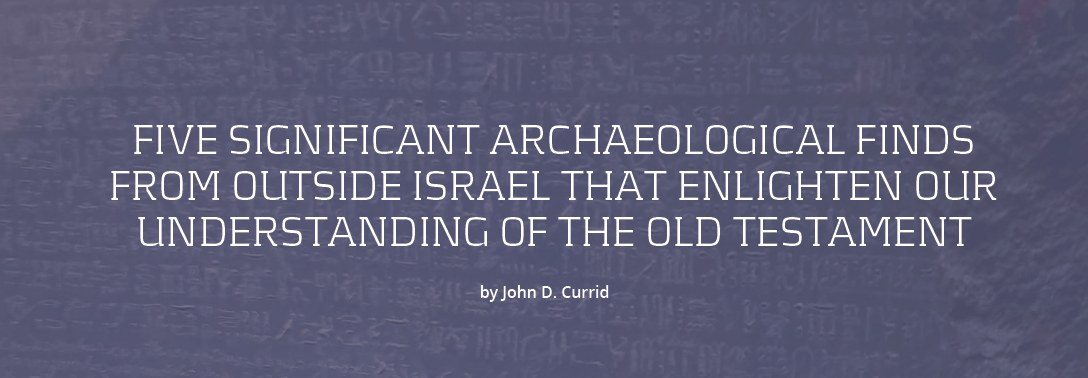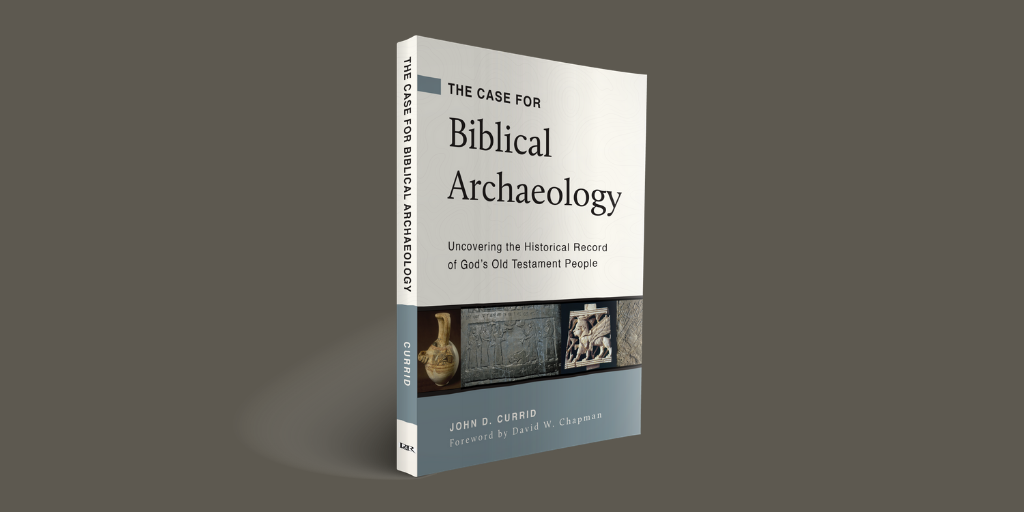
1. Rosetta Stone. When Napoleon invaded Egypt in 1798, he brought with him a scientific team to study the ancient monuments of Egypt. In its exploratory work, the team discovered the Rosetta Stone in a rebuilt wall. It dated to the time of Ptolemy V near the beginning of the second century BC. Writing on the stone was in three scripts: hieroglyphics, Demotic, and Greek. The stone proved to be the initial key in deciphering ancient hieroglyphics, which then opened up the study of the land and history of ancient Egypt. Since the Hebrews spent over four hundred years in slavery in Egypt, Egyptology has much to tell us regarding that time.
2. Shishak Relief. After the death of King Solomon, Israel divided into two kingdoms. This split gave Egypt an opportunity to take advantage of the political weakness, and so Pharaoh Shishak (Shoshenk I) attacked both Israel and Judah (see 1 Kings 14:25–27). At the Temple of Amun at Karnak, Shishak had a relief carved that explains the route of his military campaign. It includes well-known sites such as Megiddo, Gibeon, Gezer, and Beth-shean. At Megiddo, excavators uncovered the “Shishak Stele” that the pharaoh had set up to commemorate his victory at the site.
3. Ugaritic Texts. Major excavations began at the site of Ras Shamra (Ugarit) on the Phoenician coast in 1929. Ugarit was an important Canaanite city-state during the second millennium BC. At the site, hundreds of texts were found, and more than fifteen hundred of them have been published. One particularly valuable aspect of the textual material is the insights they provide regarding Canaanite religion and mythology. These texts give the religious context of the Old Testament and demonstrate the clash of worldviews between the Hebrews and the Canaanites. The language of Ugarit is similar to that of Hebrew, and that Canaanite language can help us to understand the development and grammar of ancient Hebrew.
4. Relief of Sennacherib. In 701 BC, the Assyrian king Sennacherib assaulted the kingdom of Judah (see 2 Kings 18:13). One of the major attacks came against the city of Lachish. Sennacherib celebrated his victory there by having a carved relief set up in his palace in Ninevah. The relief contains two scenes: (1) the conquest of the city and (2) the surrender, execution, and deportation of city’s inhabitants. Assyrian warfare practices are pictured graphically, including an earthen ramp and various types of siege machines. Excavations at Lachish have uncovered the remains of a furious battle from this time.
5. Prism of Sennacherib. This cuneiform inscription discovered in a palace at Ninevah contains the historical annals of Sennacherib, king of Assyria (705–681 BC). The king recorded the account of his army’s siege of forty-six towns and cities in Judah: he employed ramps, siege machines, mines, and infantry to subdue them. Column II of the prism contains a reference to the siege of Jerusalem, in which Sennacherib made Hezekiah “a prisoner in Jerusalem, his royal residence, like a bird in a cage” (see 2 Kings 18:13–19:37).
The Case for Biblical Archaeology: Uncovering the Historical Record of God’s Old Testament People


Comments